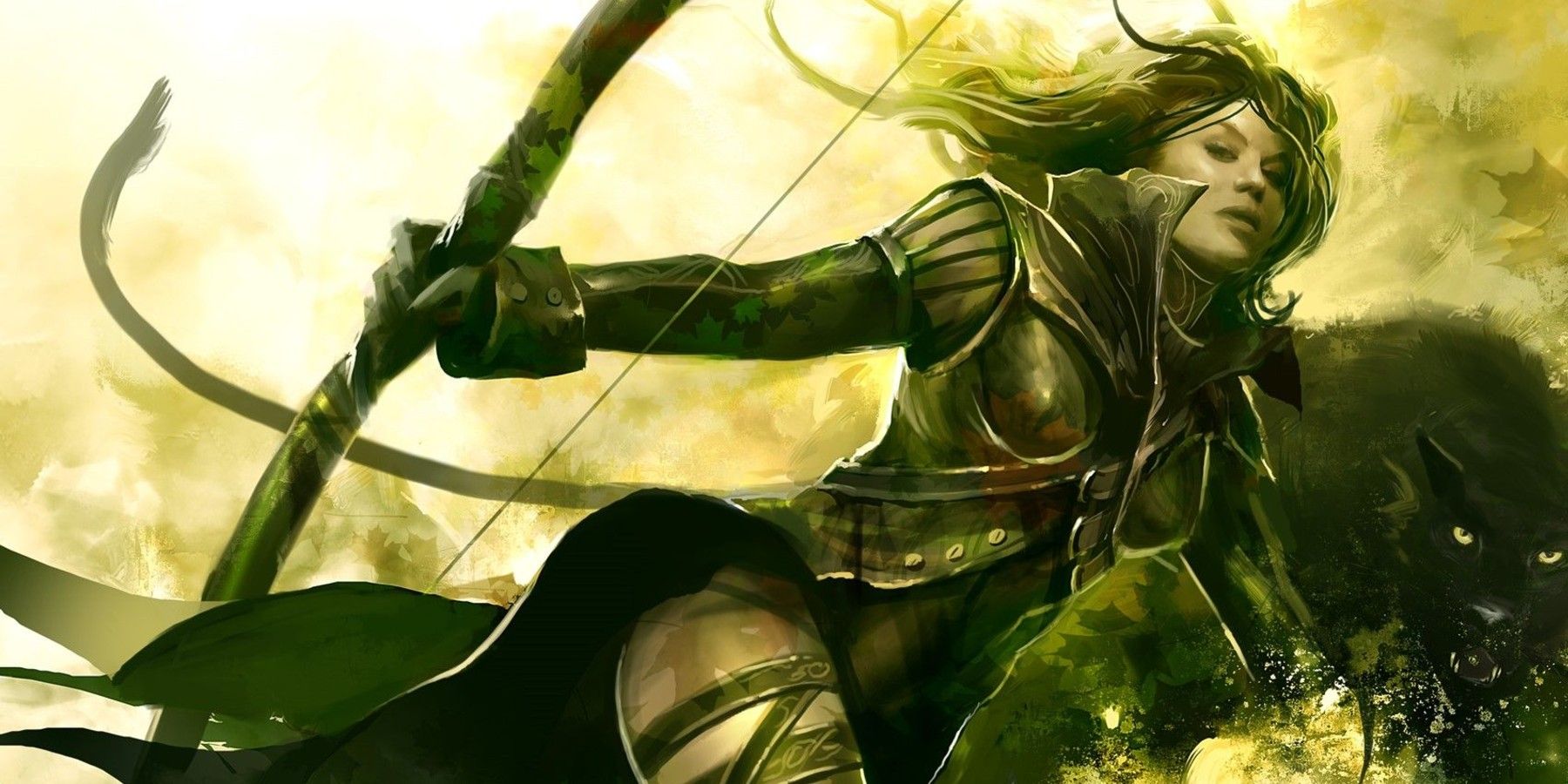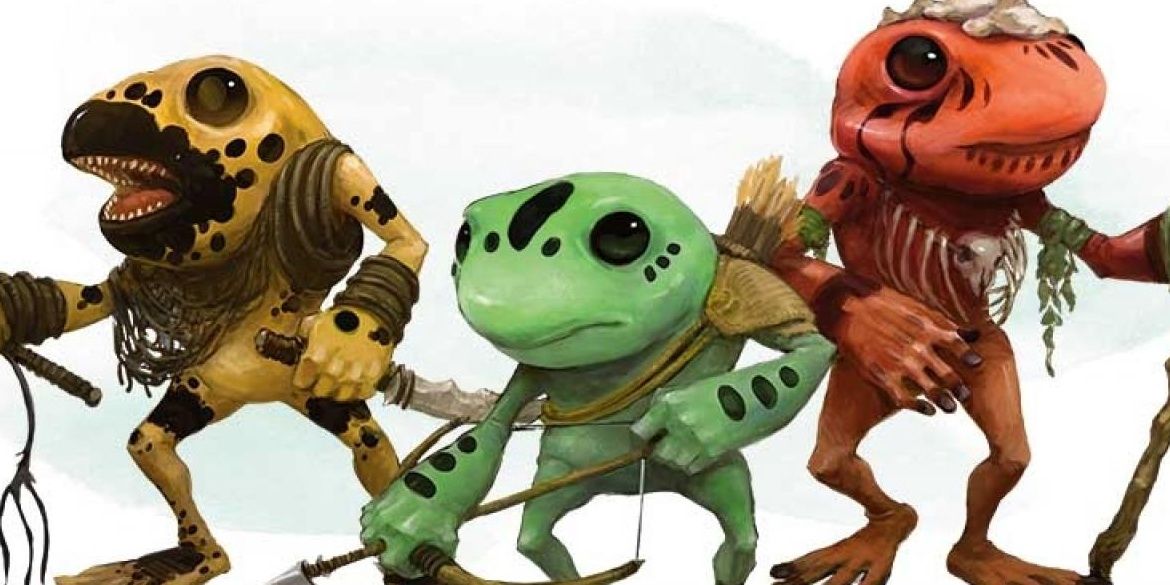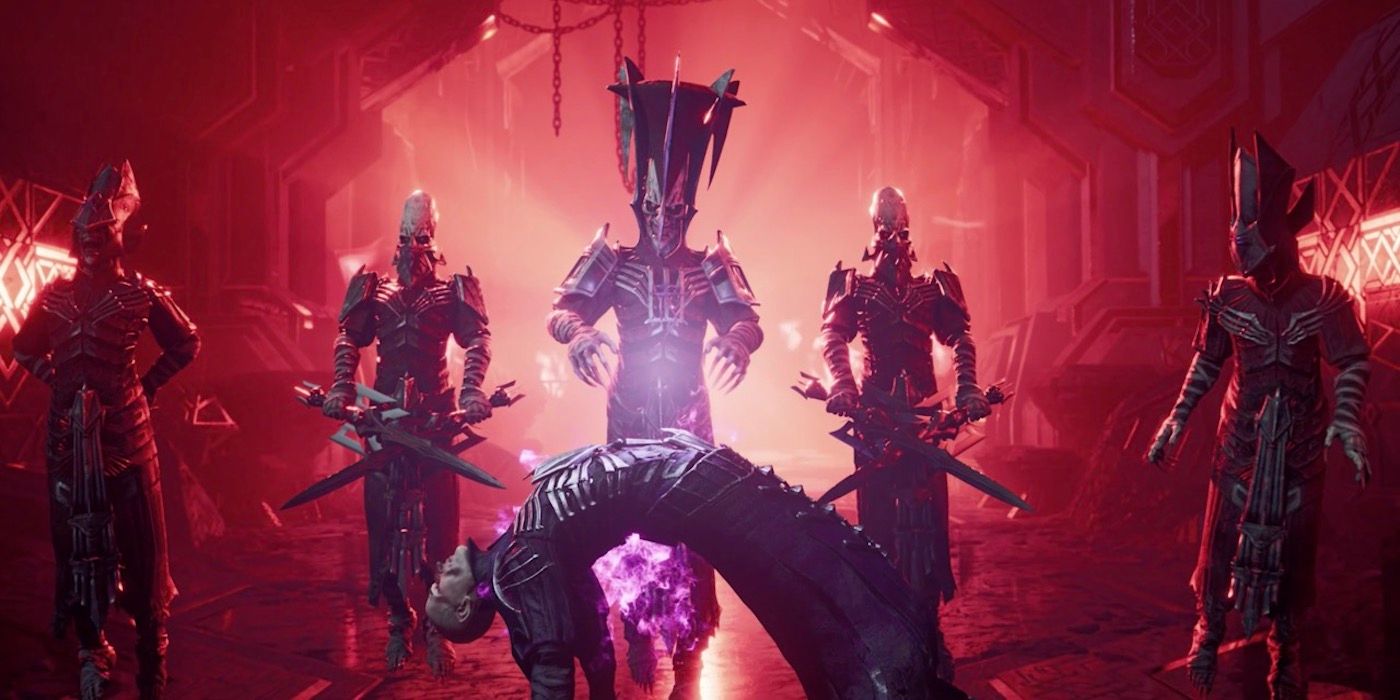Dungeons & Dragons and tabletop games, in general, seem to keep skyrocketing in popularity. The prevalence of online tabletops and some players now feeling comfortable enough to return to in-person games means that more people than ever are exploring the hobby. This prevalence has largely been due to the rise of fifth edition Dungeons & Dragons and shows that have popularized the game in general like Stranger Things and Critical Role. Ironically though, the rise of D&D has led many to explore alternatives to its modern iteration in previous editions and other games outright.
In the vein of exploring previous editions of the game, this naturally leads to seeing older iterations of the character archetypes. A model class is the Ranger. Steeped in both martial talent and affinity for accessing the magic of nature, Rangers have long helped defined many D&D stories. Like any other character in 4E D&D though, there are some key differences between the modern version of the Ranger and its 4E counterpart. Many of them are grounded in the core differences between the two versions of the game.
Core Differences Between 4E and 5E for the Ranger
4E is somewhat of a contentious entry in the storied franchise. The fourth iteration of D&D was divisive among some fans for being a lot "crunchier" than necessary and was trying to be too many kinds of TTRPGs at once. Crunch is a tabletop term referring to how much math is done in order to calculate things like attack rolls and the like. There are many fans that really enjoy that kind of grind, and is part of what makes Pathfinder a popular alternative to D&D. D&D can often have ironic gaps between what fans want, and the differences between fourth and fifth edition Rangers is a big one.
Rangers have been at the center of a common player debate in 5E. The class's base options from the Player's Handbook have been considered by many to be one of the weakest entries as far as pure combat potential is concerned. D&D has inspired combat mechanics in everything from Final Fantasy, so it's naturally a big element for players to consider. The 4E Ranger is more powerful than the one in 5E in a few key ways. The first (and most glaring) of which is the number of health points they gain per level.
HP is (literally) vital to the survival of a character in D&D or any other RPG. As the premier survivalist, it seems natural Rangers would be very hardy. This is represented in 4E with the class' starting 12 HP (plus a CON modifier). This is in line with 4E's penchant to skirt the fragile first level experience that is very common in 5E. In the newest game, the system uses hit dice to represent the possible HP increase each level instead of a set amount, and the Ranger starts with a much lighter 1d10. As a prominent hunter of monsters in D&D, the health boost can be a big deal.
One of the key differences between the two versions of the Ranger is in how they handle an iconic feature of a Ranger. Having an animal companion travel with them and into battle is a common part of the Ranger archetype from D&D to World of Warcraft. Many different low-level D&D creatures can serve as companions to a PC, but each edition handled the feature differently. And this was one of the biggest complaints that many players brought up with 5E. The biggest difference is how a Ranger's companion can benefit from its master's abilities.
Efforts to Fix the 5E Ranger in Dungeons & Dragons
In 4E, Rangers have access to healing surges that they can use on themselves or on their beast companion. This ability is stripped in 5E for both the Ranger and their companion. Beast companions also benefit from the arguably better Hunter's Quarry feature that preceded the contentious Favored Foe mechanic. In short, a Ranger can choose specific enemies in the short term to deal extra damage to, as opposed to the long-term effects of Favored Foe. Having their companion benefit from the same bonus damage more closely mirrors Drizz't and his panther in Dark Alliance than the somewhat underpowered form it takes in 5E.
The rest of the key differences boil down to the changes between the fourth and fifth editions in general. But an overall drop in power for the 5E ranger led to homebrewed classes in D&D that were later addressed in the supplement Tasha's Cauldron of Everything. The Hunter's Quarry and Favored Foe change is the biggest shift in the two, and the one that has been most commonly addressed. In 4E, a Ranger can essentially choose a specific target for the moment that's more in the vein of the Hunter's Mark spell in 5E. This gives Rangers an on-the-fly way to deal more damage to a creature posing a bigger threat.
In contrast is 5E's Favored Foe. A player chooses a type of creature, like aberration or undead, that grants a specific bonus when attacking that type of creature. It also grants special proficiencies like the language that creature might know, but it's a double-edged sword. If a player chooses say dragons as their Favored Foe, they may only encounter a dragon once in the entire campaign. This presents interesting roleplay possibilities throughout a campaign but can leave a player feeling underpowered compared to their companions. Again, D&D 5E expansion books have added new subclasses and rules to help deal with that feeling.
Finding which edition of a game, let alone which TTRPG game at all, works best for a player or a DM is already a steep task sometimes. Sometimes minute and other times major changes are made in each system, and each can have a different focus. But those that are looking to explore older versions of D&D have a lot of options, and how a specific player class works will be a big part of that decision process. New D&D sourcebooks are trending toward presenting the most options available while giving players a feeling of both power and potential for interesting roleplay. As one of the most iconic archetypes in fantasy though, knowing which edition has the best Ranger can swing the scales for many fans of Dungeons & Dragons.
Fizban's Treasury of Dragons is the next 5E sourcebook and releases digitally and physically on October 26th, 2021.



